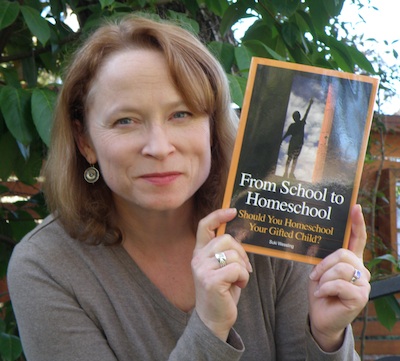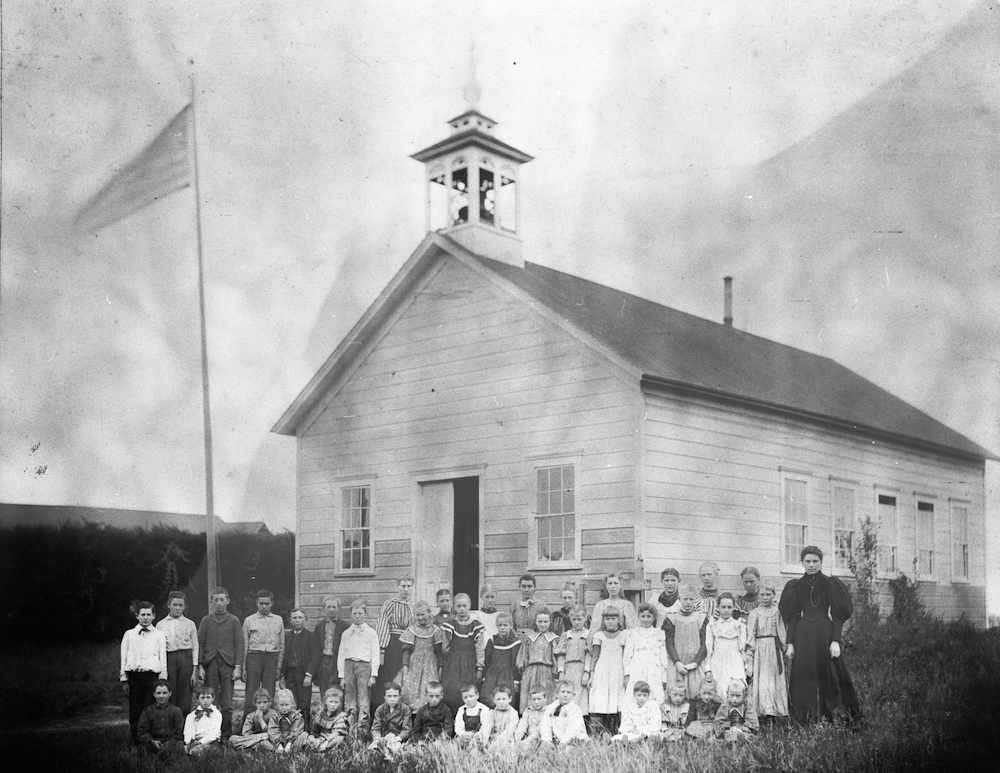Category: Homeschooling
-

Raising a lifelong learner
I talk about “raising a lifelong learner” in lots of my writing, but how do you actually DO that?
-

How can I teach my young child without curriculum?
Do young children really need curriculum to learn? If you live a learning lifestyle, perhaps the answer is “usually they don’t.”
-

Curriculum is the vehicle; learning is the destination
New homeschoolers are often focused on trying to purchase the perfect curriculum. But it’s important to remember that the curriculum we choose is simply a different learning vehicle.
-

Fall 2020 education: flexibility is key
We need to make sure that thoughtful reconsidering of what school should be is part of the conversation about reopening schools. Let’s make sure the districts hear our voices, and don’t think that reversion to the status quo is any sort of achievement.
-

Support your teen who is learning at home
The other day I wrote about homeschooling tips you can use with your suddenly-at-home younger kids. Today I’m addressing your teens, who may have quite different needs. Whether your teen is homeschooled or at school in regular life, things have changed. They are now home 24/7 and that can exacerbate existing tensions. Teens thrive with…